|
|
ADDRESS AND INTERACTION AT THE VALEDICTORY SEMINAR OF THE MALAYALA MANORAMA
21-12-2005 : Through Video-conferencing From New Delhi
Begin it and you will accomplish it
I am delighted to see you and your colleagues and all the participants in this valedictory function. I congratulate the efforts taken by Malayala Manorama in taking the message of Kerala developmental missions to the people of Kerala. I used to say quite often, that media has to become a partner in development of a state and the nation. I am indeed happy to know about the intensive public discussion on societal issues initiated by Malayala Manorama. Tremendous amount of work has been done by the people of Kerala, the legislature, the state government and all the political parties. The Kerala media both print and electronics gave importance for these missions.
Approximately 3.5 million people of Kerala are sweating in different parts of the world and continuing to have the umbilical connectivity to their beloved families back home. Their sweat comes in the form of Foreign Exchange remittances. This hard earned money has to become one of the thrusters for economic development and fuel for the engine of growth. For this to happen, an investment friendly environment has to be created. This will enable the full realization of 77% of total requirement of funds from private sector for executing the developmental plans as envisaged by the Kerala Government in their document titled "Missions for Kerala's development and poverty alleviation - Action Plan - December 2005" without any difficulty. I am very happy to know that the Govt. of Kerala has added 6 additional missions and has made it as a total comprehensive action plan evolved through the formation of task forces of specialists under the leadership of ministers. It also includes specification on convergence of resources and the institutional mechanism needed for accomplishing the goals of the plan.
When I studied the document 'Paths to Prosperity', prepared by Malayala Manorama, I found the document provides a number of good suggestions. Some of the examples are:
1. Focus on economic growth with eradication of poverty.
2. Cultivation of fish in fresh and saline waters and use of mangroves and other plant varieties for protecting fish wealth.
3. Creation of special authority for implementing PURA with active participation of local bodies and peoples? representatives.
4. A Government supported autonomous agency should be constituted to help bring about uniformity in the level of knowledge acquired by graduates.
5. Education system should use the power of
internet and intranet to the maximum.
6. Our curriculum should include Ayurveda. Ayurveda college syllabus should contain theoretical lessons in modern medicine also.
7. Kerala should be promoted in international markets as a single entity. For that a slogan, a logo and an agency are needed.
8. Restructure agriculture department. Agriculture officers should be made accountable for production in their area
I am sure Government of Kerala will be able to integrate the good suggestions made in the document "Path to Prosperity" prepared by Malayala Manorama in the overall action plan of the Government of Kerala.
Now I would like to share my experience based on my recent visit to Kerala on 17th and 18th of December 2005.
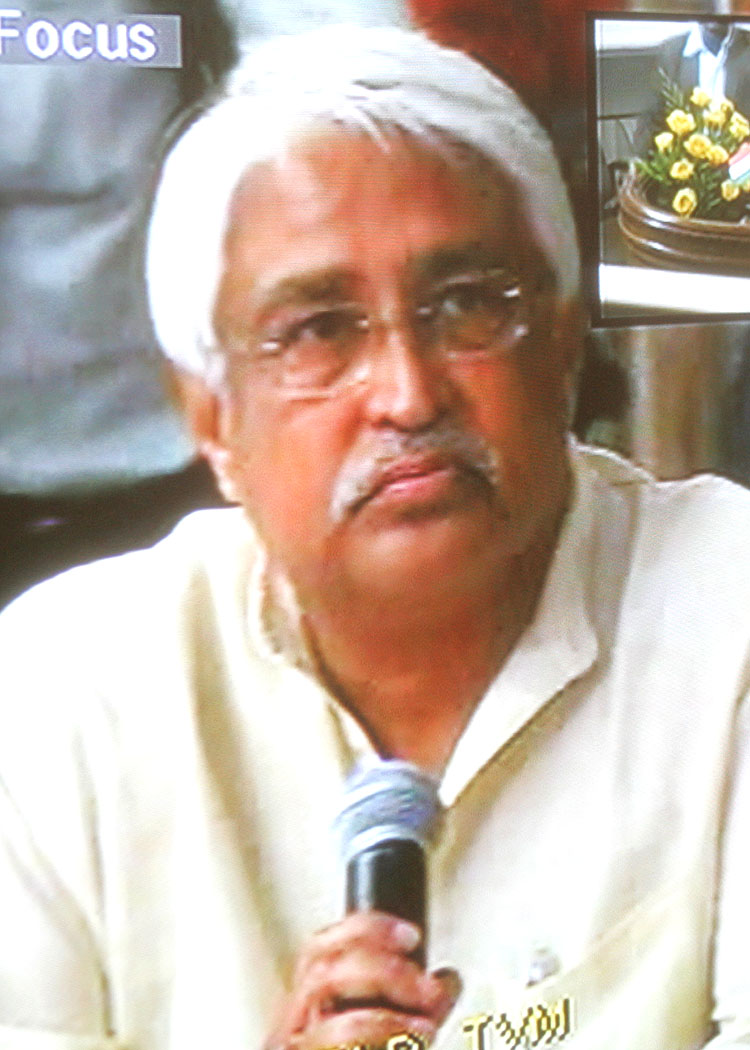

Vibrant Kerala villages
I visited nine institutions and interacted with the professionals, farmers, students and the members of medical community. The places of my visit include Kochin, Thirupunnithura, Thodupuzha, Parumala, Kayamkulam, Vallikavu (Amritapuri), Trivananthapuram (Jagathi and Venjaramoodu). In these places, first I greeted the farmers for their success in organic farming and pesticide free farming. What is important there in Thodapuzha is, value addition to cash crops like pine apple fruit and ginger. In healthcare, I was impressed by the special school being run for special children at Thirupunnithura and the new 350 bed Ayurvedic hospital. The important point we discussed was Ayurveda hospital should aim at bringing out a document giving the diseases uniquely cured by Ayurveda. The college in partnership with the hospital should embark on the systematic development of molecule to drug as is being done in the Allopathic system. The state of the art hospital at Parumala is carrying out valuable research in tissue culture for heart valves. It is a hi-tech hospital in a rural setting. It is indeed noteworthy. At Vallikavu (Amritapuri), I handed over 500 ready built houses to the tsunami affected people. I saw there compassion with divine blessings flowing all around. At Trivananthapuram (Jagathi) in the international conference on bio-tech research I suggested that the researchers should examine the possibility of using stem cells for cancer treatment. I also suggested, mapping of the 200 varieties of genetic mutations leading to cancer, which can be beneficial for prescribing the pinpointed treatment to the patients. In essence, the entire visit made me feel that a dynamic situation is flowing all around Kerala touching many walks of life. I was indeed very happy.
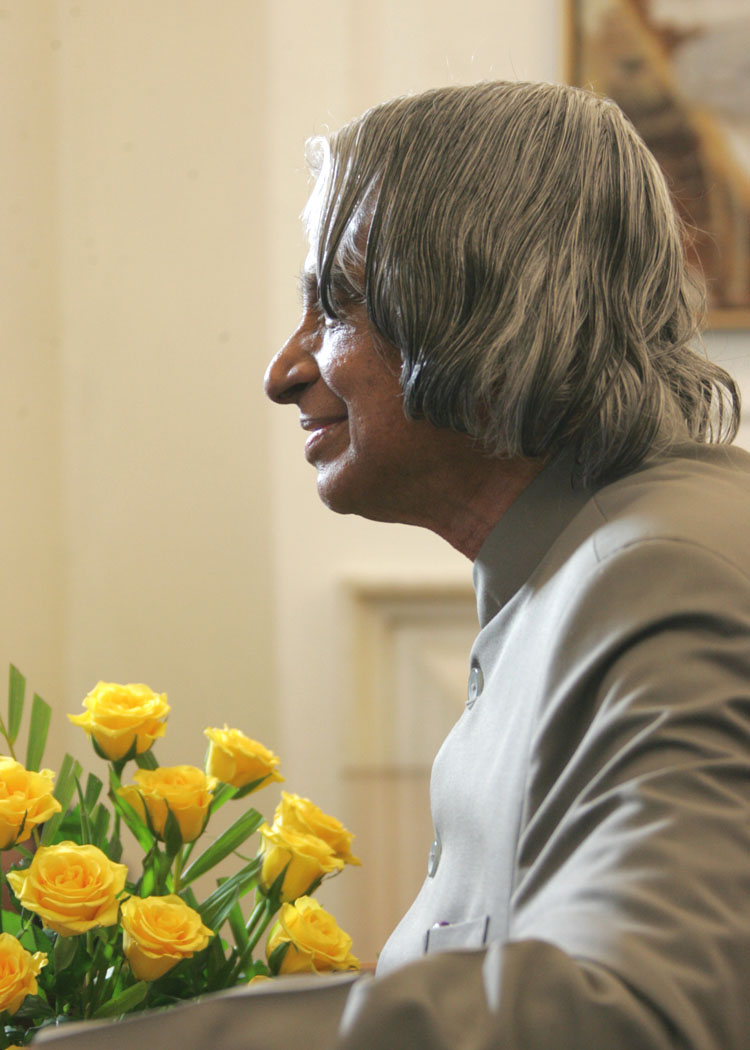
Kerala is on the threshold of launching a major development initiative. To realize your goal in a time bound manner, you will need an innovative approach and management structure, funding methodology, public - private partnership and investment friendly climate. For any governmental mission to succeed, we need a comprehensive management structure with authority and accountability. Here I would like to give an example of the evolution of the management system for a programme in which I was associated.
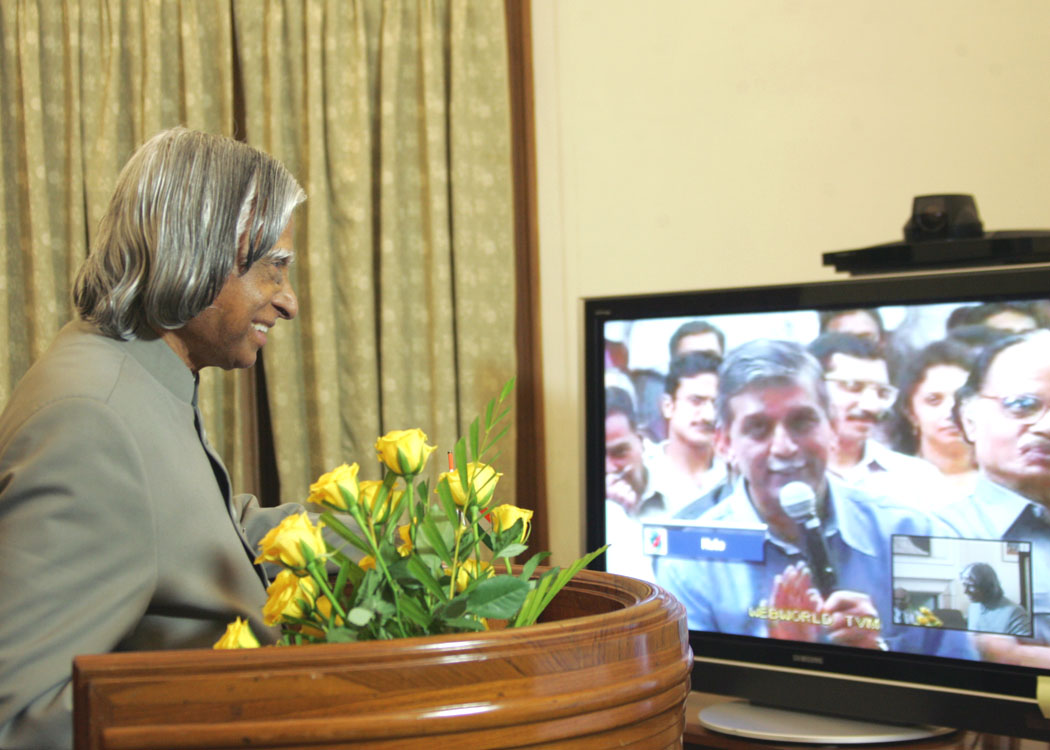

Evolution of management system
Whenever any team undertakes a project it becomes responsible for executing the task to the stated specifications, within the prescribed time and within the prescribed cost. This is true of all projects. To fulfill the responsibility the project has to be provided with adequate resource and the authority to use the resource for meeting the end goals of the Projects. Preferably the project report with time required and cost of the project should come from the people who are responsible to execute the project. Thus, while the missile programme was proposed for around Rs.400 crore in 1983 along with the programme, a three-tier management structure was sought with delegated financial, administrative and technical powers for each tier of management. In addition the additional manpower needed by various work centres numbering thousand two hundred including campus recruitment methodology was sought. The program was approved with budget, PERT, additional manpower and management structure after lot of discussion at various levels. Simultaneously, a total management plan was worked out by a internal DRDL team so that a well structured management philosophy and procedure is available for meeting all the eventualities envisaged during the different phases of the programme. This management plan was evolved based on the experience of the management plan derived for SLV-3 and approved by Dr. Brahm Prakash. Sanction of the programme with the funds, the management structure, special delegation of powers and special recruitment process was the unique feature of the missile programme.
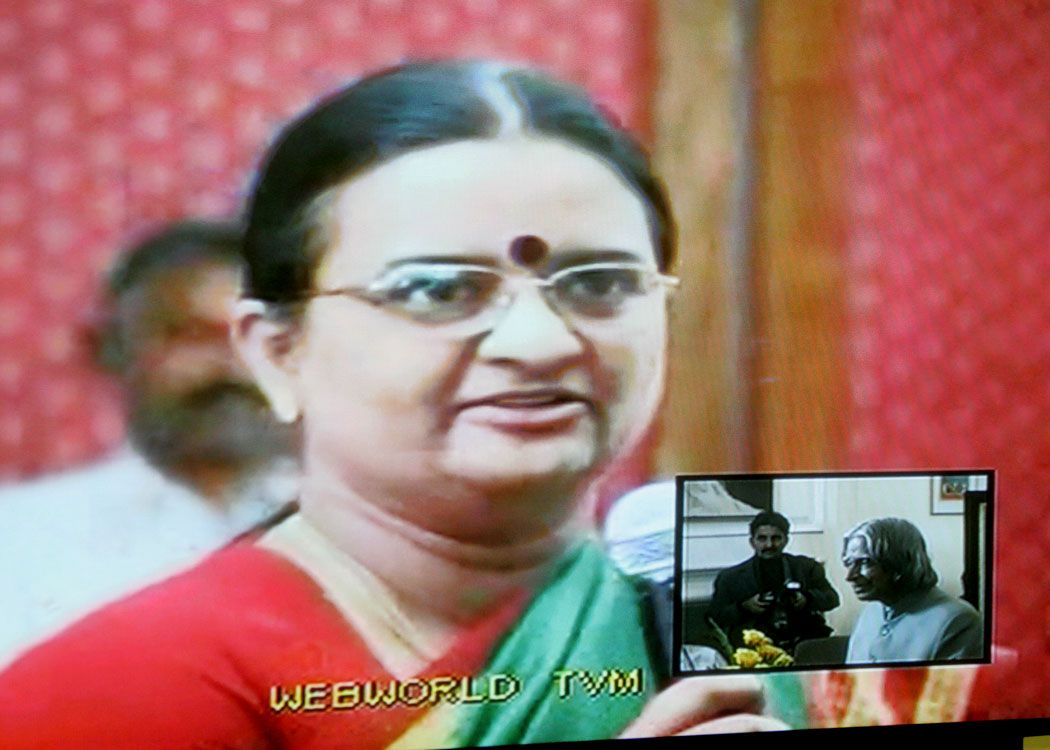
I am discussing now, this successful management structure so that it can be used for other projects in the country and elsewhere. The management structure of the missile programme consisted of Guided missile board, Programme management board and the Project management board.
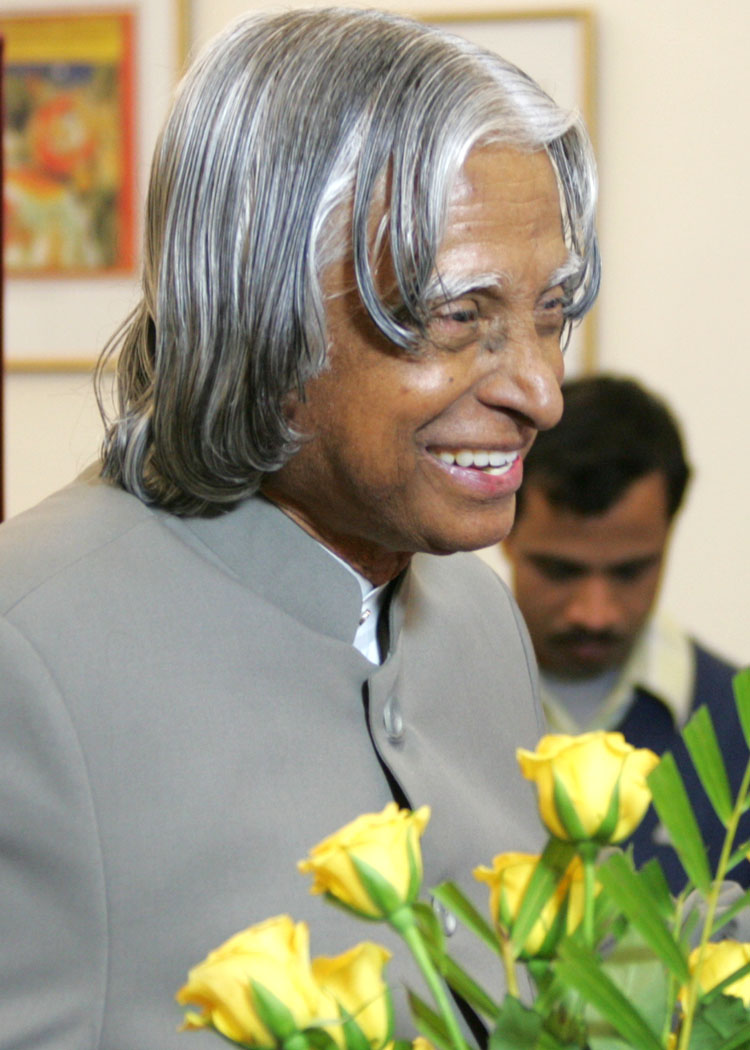
a. The Guided Missile Board laid the policy direction for the total programme, facilitated the provision of support from all external agencies, resolved inter-programme conflicts and provided a long and medium term vision to the project executives. It had the financial power of Rs. 9 crore per item. This board was chaired by the SA to RM with Defence Secretary, Secretary (DP & S), Secretary (Expenditure), the vice chiefs of the three services, FA (DS), CMD (BDL), DGOF and a renowned scientists from National Laboratories were members. Programme Director (IGMDP) was the Member Secretary. Periodicity of meeting was twice in a year. It can be seen that the board consisted of highest authorities from the government, multiple production agencies, all the three users from Armed forces and the development agency.
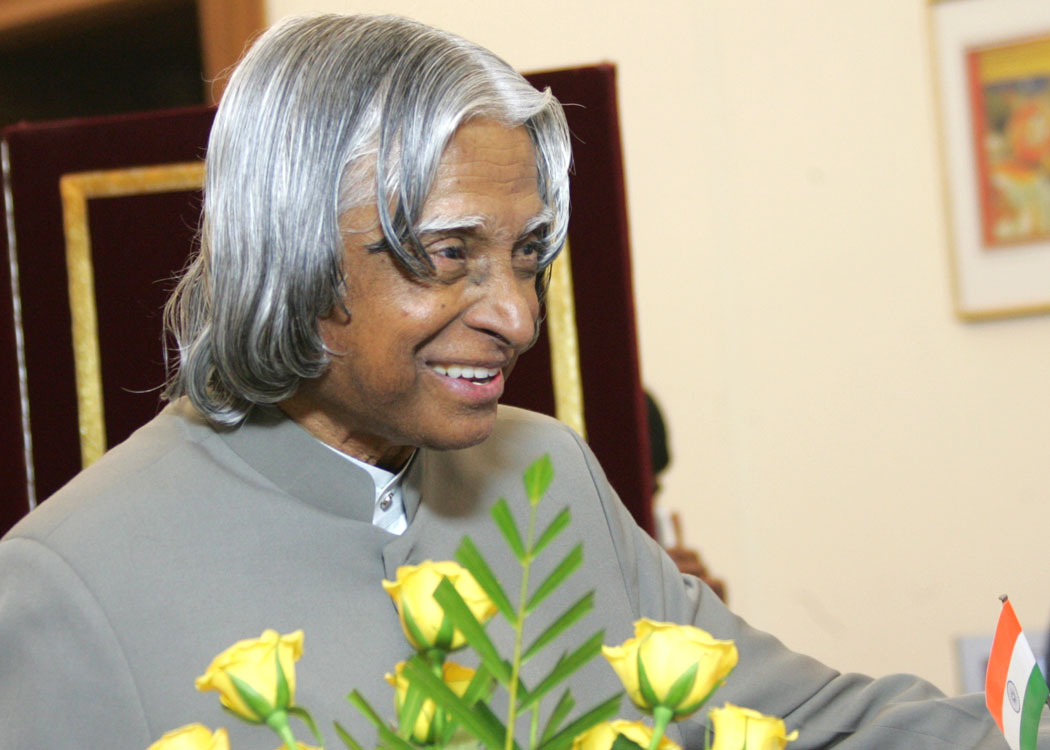
b. The Programme Management Board was responsible for executing the programme and led the missile systems into production. It resolved inter-projects conflicts, provided inter/intra project co-ordination and created the infrastructure, facilities and the technologies needed for the programme well ahead of time. This Board had the financial power of Rs. 2 crore per item. This Board was chaired by the Programme Director (IGMDP) who also happened to be Director (DRDL) and Directors of the entire participating laboratory, Additional Financial Advisor, key representatives of users, executives of production agency and all the project directors were members. Director (Planning and Resource Management, DRDL) was the Member Secretary. The periodicity of the meeting was three times in a year.
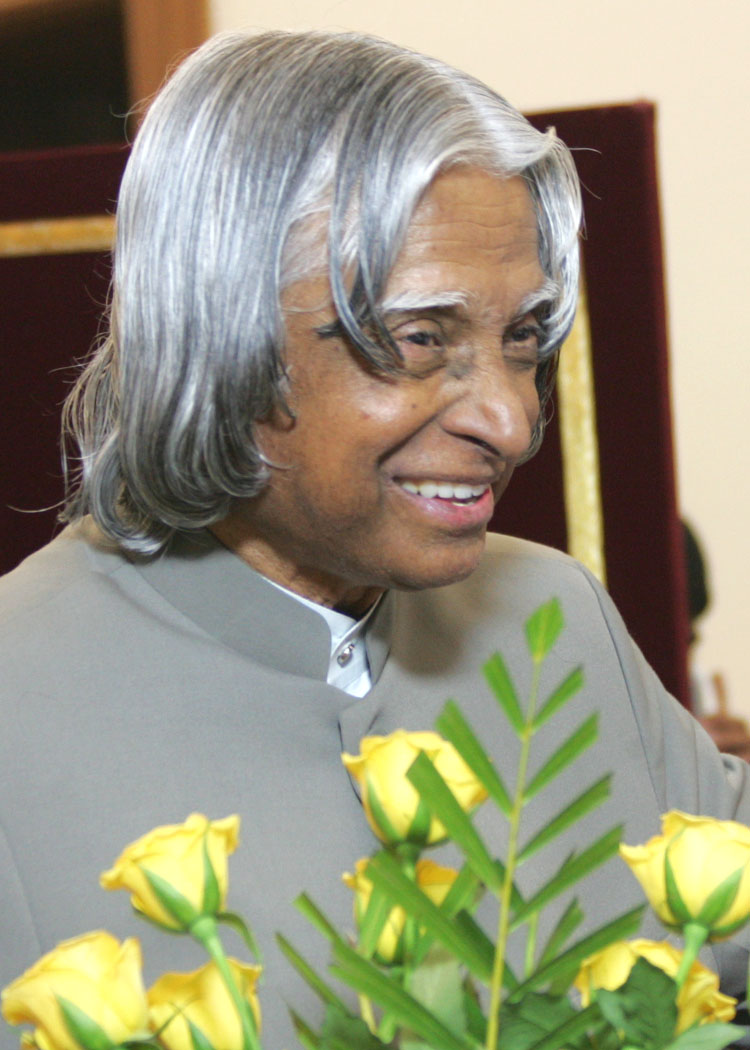
c. The Project Management Board was responsible for executing the project by developing the individual missile system and leading to production. It had the responsibility for developing the technology specially needed by the individual projects. This board had the financial power of Rs. 25 lakh per item. Project Director was the chairman, Project Managers from all participating work centres, user representatives, Deputy financial Advisor (missiles), general managers from missile production agency were members. The Project Director nominated Member Secretary. The periodicity of meeting was once in two months.
An important tool of project programme management was the dynamic PERT chart and not the Bar chart. At every project or programme management board meeting, we insisted on the presentation of the latest PERT, based on the present state of progress and asked for the critical path. It should be noted that the critical path becomes different during different phases of the project and also different based on the level at which project is reviewed whether it is Project Management Board, Programme Management Board or the Guided Missile Board. I have given you this example, so that you can formulate a similar management structure for the entire mission with dedicated mission directors.
Now I would like to discuss about the law of development which is essential for making Kerala a competitive state.

Law of development: Competitiveness
Last two years, I was studying the development patterns and the dynamics of connectivity between nations, especially in trade and business. As you all know the world has few developed countries and many developing countries. What is the dynamics between them and what connects them? Developed country has to market their products in a competitive way to different countries to remain as developed country. The developing country to get transformed into developed country; they too have to market their products to other countries in a competitive way. Competitiveness has three dimensions: quality of the product, cost effectiveness and supply in time. Indeed this dynamics of competitiveness in marketing of products by developing and developed countries is called the law of development.
The message I would like convey is that in our country, Government can empower a programme and enable getting things done in record time. It is all about participative project definition, full empowerment to implementers and optimum outsourcing to competent partners. I am sharing with you this concept which may of use while you design the management system for accomplishing Kerala Missions.
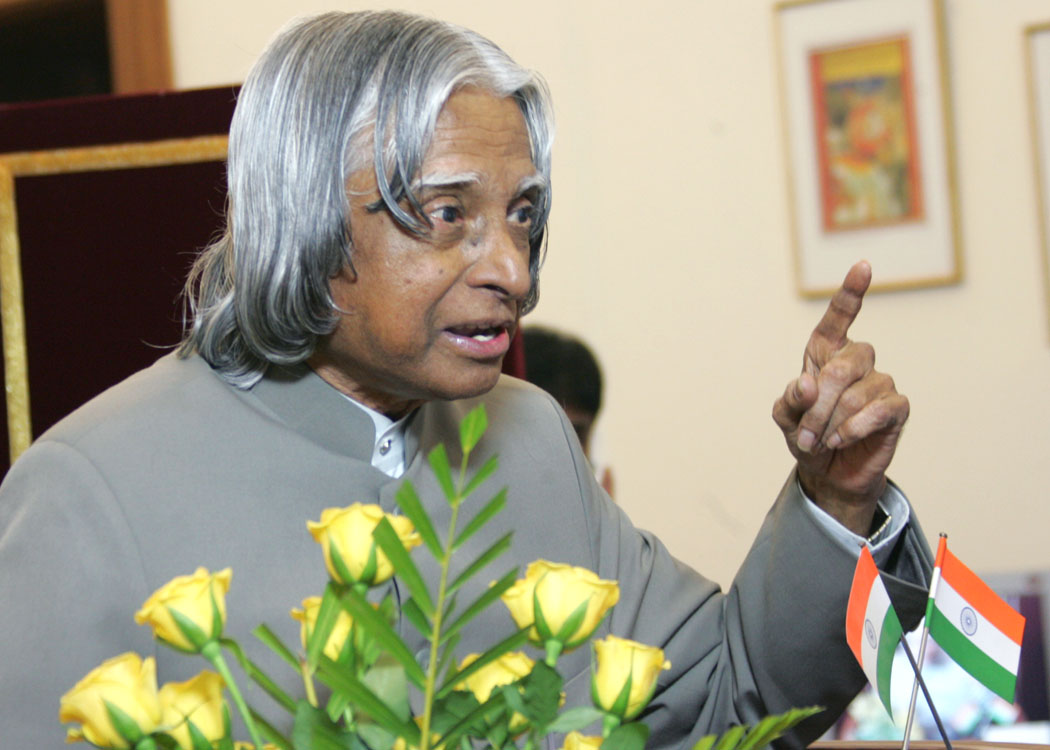

Conclusion
Recently I read a book "In Tune with the Infinite" by Ralph Waldo Trine. I read and re-read this book several times. This book was initially published in 1897. This book can give confidence to execute even difficult tasks. It provides methods of leading good life at all planes of human life and echoes what Goethe said:
"Are you in earnest? Seize this very minute:
What you can do, or dream you can, begin it;
Boldness has genius, power, and magic in it.
Only engage and then the mind grows heated;
Begin and then the work will be completed.
"The most powerful thing in the world is the idea whose time has come." Kerala has begun the task of transforming itself into a developed state. I am confident collectively; Kerala will succeed in this mission. My best wishes to the people of Kerala for a Merry X-Mas and prosperous New Year.
May God bless you.
<<Back
|
|